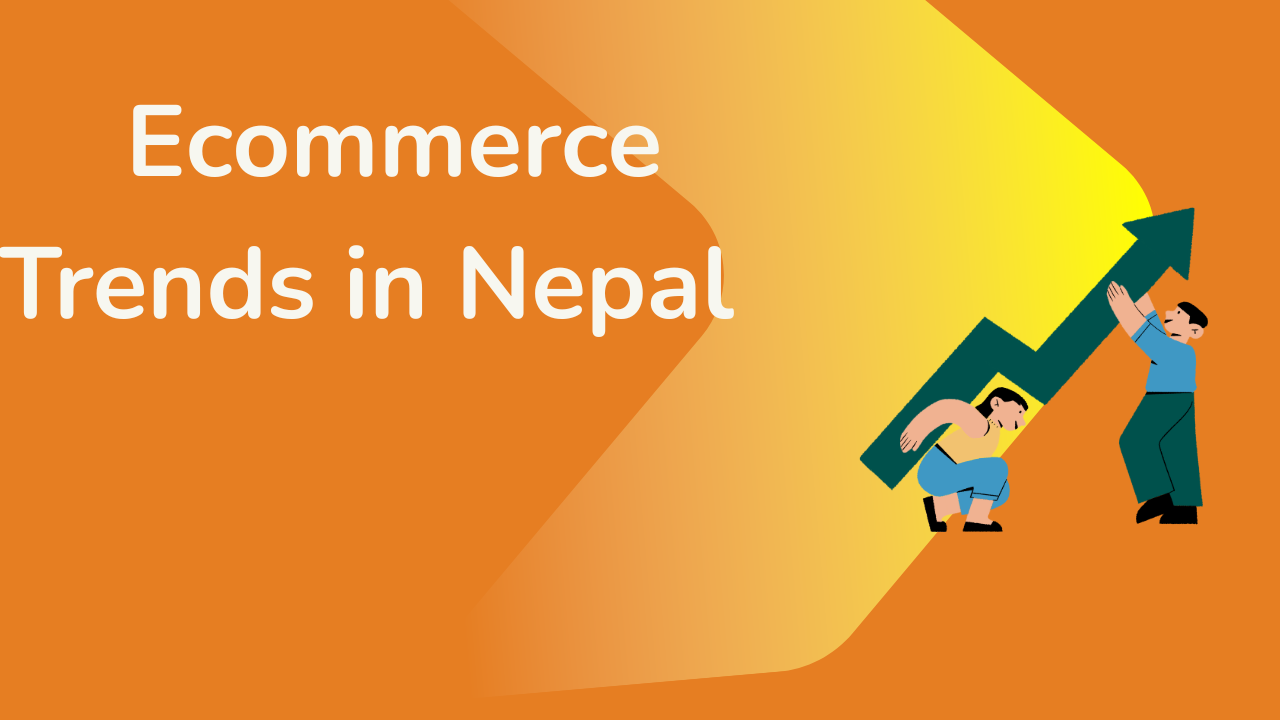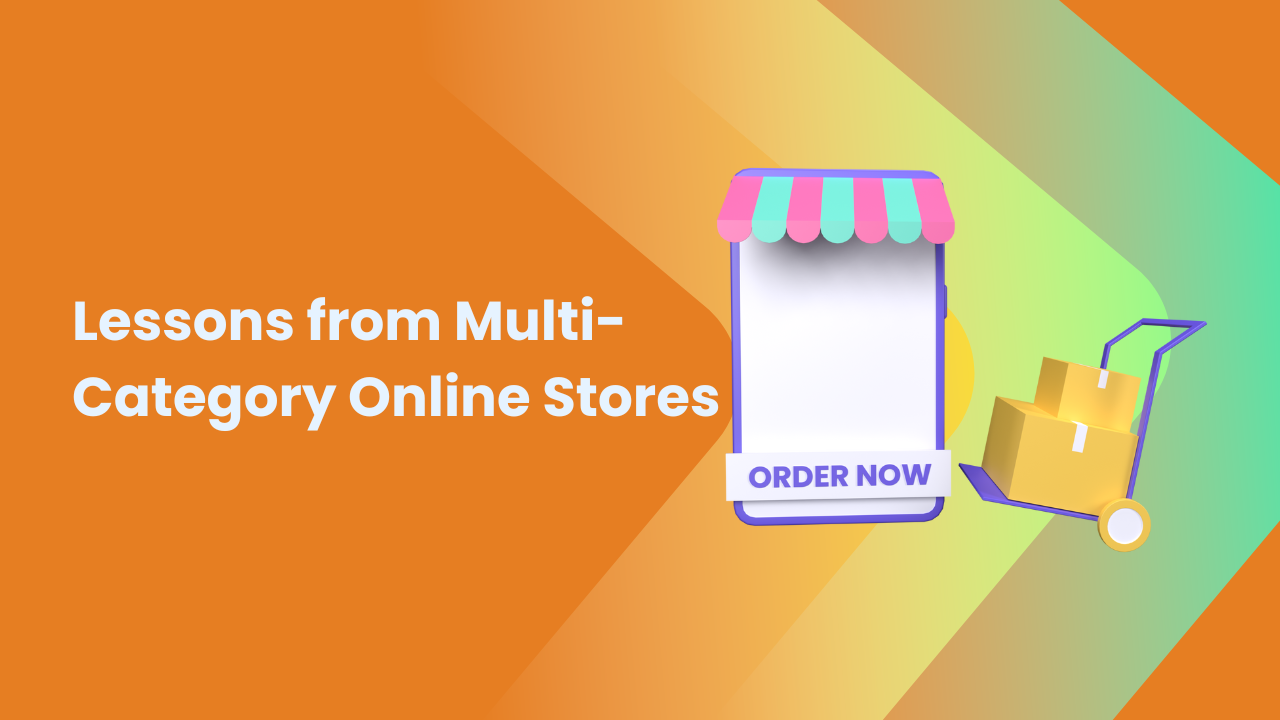Share this Article
In much of Silicon Valley and the Western world, ecommerce has matured into a billion-dollar science. The infrastructure is polished, the logistics seamless, and platforms like Amazon, Shopify, and eBay dominate the digital marketplace. But there’s another side to this story—one that represents most of the world’s population. In cities like Kathmandu, Lagos, Dhaka, and Manila, ecommerce exists in a very different form. It’s improvisational, mobile-driven, and shaped by realities that Western platforms never had to contend with.
Ecommerce in developing nations is not broken—it was simply never built for them.
This article explores why ecommerce platforms in the Global South demand their own logic, infrastructure, and innovation—and why a new generation of tools is emerging to answer that call. It’s time for ecommerce platforms not just to localize—but to reimagine the entire digital shopping experience for the rest of us.
The Problem with “Universal” Ecommerce
When platforms like Shopify, WooCommerce, and BigCommerce were created, they solved problems specific to developed markets. These include:
- Easy access to global payment gateways like Stripe or PayPal
- High internet penetration and credit card usage
- Dependable postal systems and integrated logistics
- Consumers familiar with online checkout behavior
- Stable currencies and tax structures
But for millions of merchants and consumers across Asia, Africa, Latin America, and the Pacific, these assumptions fall apart. The Western ecommerce model doesn’t translate well where roads are uneven, digital literacy is low, and cash—not cards—is king.
What Makes Ecommerce in Developing Nations Unique
Let’s unpack what ecommerce really looks like on the ground in places like Nepal, Nigeria, or the Philippines.
1. Cash is Still King
In many countries, over 70% of transactions are still conducted in cash. Payment gateways like PayPal are either unavailable or unusable due to currency conversion issues, lack of international cards, or account restrictions. Mobile wallets (like eSewa in Nepal or M-Pesa in Kenya) have stepped in to fill this void—but they’re not integrated into major global platforms.
2. Logistics are Local and Informal
There is no FedEx equivalent in rural Pakistan or hillside villages of Ethiopia. Ecommerce logistics are handled by local courier services, often with phone call confirmations, cash-on-delivery (COD), or motorbike drop-offs. Global platforms don’t integrate with these hyperlocal systems, leaving a massive operational gap.
3. Language and Digital Literacy
Platforms built in English, with complex admin dashboards and plugin ecosystems, alienate small business owners with limited education or internet experience. Local language support is often patchy or non-existent. A farmer selling vegetables or a tailor in Biratnagar should not need to learn technical jargon just to sell online.
4. Smartphones, Not Desktops
In the West, ecommerce evolved on laptops. In the Global South, it is born mobile-first. People manage their entire business through cheap Android phones, using apps like WhatsApp, Facebook Marketplace, and Instagram DMs. Web-based builders without mobile editing tools are simply not usable.
5. Price Sensitivity
Subscription models charging $30–$300 per month are unfeasible for small shopkeepers earning under $500/month. Even minimal monthly costs can be a barrier, especially if the return on investment isn’t immediate.
6. Social Commerce is Real Commerce
In developing nations, ecommerce is social by nature. Sellers post on TikTok, Facebook, and WhatsApp groups. Buyers chat, negotiate, and sometimes meet in person before purchase. Static product listings and checkouts don’t capture the human warmth and back-and-forth of these transactions.
Why Local Ecommerce Platforms Matter
To succeed in these markets, platforms must be designed from the ground up with local behavior in mind—not just translated versions of Western systems.
1. Built-in Support for Local Payments
The most successful ecommerce platforms in the Global South integrate mobile wallets, bank transfers, QR codes, and cash on delivery (COD) by default. They don’t assume credit cards or Stripe are available. For instance:
- Nepal’s eSewa and Khalti
- Bangladesh’s bKash
- Kenya’s M-Pesa
- India’s UPI and Paytm
A one-click integration with these systems means merchants can accept payments instantly and without friction.
2. Local Courier APIs and Pick-Up Logic
Instead of UPS and DHL, platforms need to support regional delivery systems—whether it’s a motorcycle dispatch, local van service, or even neighborhood pickup hubs. Building in COD workflows, SMS notifications, and manual delivery status updates is not an option—it’s essential.
3. Language, Currency, and Culture Awareness
Localization isn’t just about changing currency symbols. It means offering dashboards and checkout experiences in local languages, using right-to-left text directions where needed, and displaying prices in local currency without conversion lag.
4. Simplicity Over Features
For first-time digital sellers, simplicity is key. They don’t need A/B testing, CRM tools, or 50 plugins. They need:
- A clear product upload interface
- One-click order tracking
- Mobile-friendly store editing
- Basic customer chat and analytics
If a platform requires a tutorial to launch, it has already failed.
Success Stories: What’s Working
Several platforms and ecosystems are now rising to meet these unique needs:
1. Dukaan (India)
A mobile-first ecommerce builder that allows shopkeepers to set up an online store in 30 seconds. It supports UPI payments, WhatsApp integration, and local courier partnerships. It proved that even micro-merchants can thrive online—if the tech is simple enough.
2. Flutterwave Store (Africa)
Flutterwave Store enables African businesses to sell online with local payments, no-code website building, and support for mobile commerce. It targets small businesses that were previously locked out of ecommerce.
The Untapped Potential of Emerging Ecommerce
Developing countries represent a $5 trillion opportunity in online retail over the next decade. According to World Bank and UN data, more than 4 billion people in emerging markets will gain access to the internet by 2030. If even 10% of them shop online regularly, it will be a seismic shift in global retail.
Here’s what this shift means:
- New digital entrepreneurs will emerge in every village, not just cities
- Cross-border ecommerce between neighboring countries will explode
- Mobile-first, vernacular-first shopping will outpace desktop ecommerce
- Jobs will be created in delivery, fulfillment, content creation, and digital services
- The next Amazon or Alibaba may be built in Kathmandu, not California
What Global Platforms Get Wrong
When Shopify expands into developing markets, it tends to lead with the same infrastructure as in the West: card payments, plugin marketplaces, and SaaS pricing. But these models often fail where:
- Cards are rare
- Banking access is limited
- Merchants don’t speak English
- Plugin costs are unaffordable
- Pay-per-month models aren’t trusted
It’s not enough to localize a product. You have to rethink the product’s very foundation.
How New Platforms Can Lead the Way
To serve the rest of the world, ecommerce builders must:
- Embrace mobile-first design
- Offer offline workflows for low-connectivity regions
- Build with local delivery systems and non-card payments
- Support regional languages and cultural commerce flows
- Enable zero-commission models or performance-based pricing
The future of ecommerce is not in selling to Manhattan or Berlin. It’s in empowering a tailor in Pokhara, a spice vendor in Lagos, or a potter in Bhaktapur to access digital markets—on their own terms.
The Role of Governments and Ecosystems
Local governments, fintech startups, logistics companies, and ecommerce platforms must work together to create enabling environments:
- Streamline digital payment regulations
- Offer subsidies or grants for going online
- Digitize local postal and logistics systems
- Launch ecommerce literacy programs in rural areas
- Support startups building hyperlocal platforms
This isn’t charity—it’s economic strategy. Digitally empowered micro-entrepreneurs uplift communities, formalize trade, and create tax revenue.
Conclusion: Building for the Next Billion Sellers
Ecommerce is no longer just a Western story. In fact, it never should have been. As we move into 2025 and beyond, the real innovation will come from those who build not for the global elite—but for the billions still offline, underbanked, and underserved.
Developing nations don’t need watered-down versions of Shopify. They need ecommerce platforms built from scratch—for their realities, currencies, and cultures.
We’re entering an age where the next wave of ecommerce growth won’t come from urban America or Western Europe—it’ll come from the bustling alleys of Kathmandu, the crowded markets of Accra, and the hills of Chittagong. To tap into that future, we must stop exporting ecommerce—and start reinventing it.
This isn’t just ecommerce for the rest of us. It’s ecommerce by the rest of us, for all of us.
Categories:
E-commerce Tips & Tutorials
,
Marketing & Growth
,
SEO & Content Marketing
,
Beginner’s Guides
,
Sales & Conversion
,
Success Stories & Case Studies
,
Platform Features & Updates
Tags:
Online Store in Nepal
,
5 Simple Steps
,
local businesses
,
e-commerce app
,
Small Business
,
strong brand
,
E-commerce
,
Role of Social Media
,
Growing sales
,
strategies
,
Social media
,
Logistics
,
Delivery Networks







